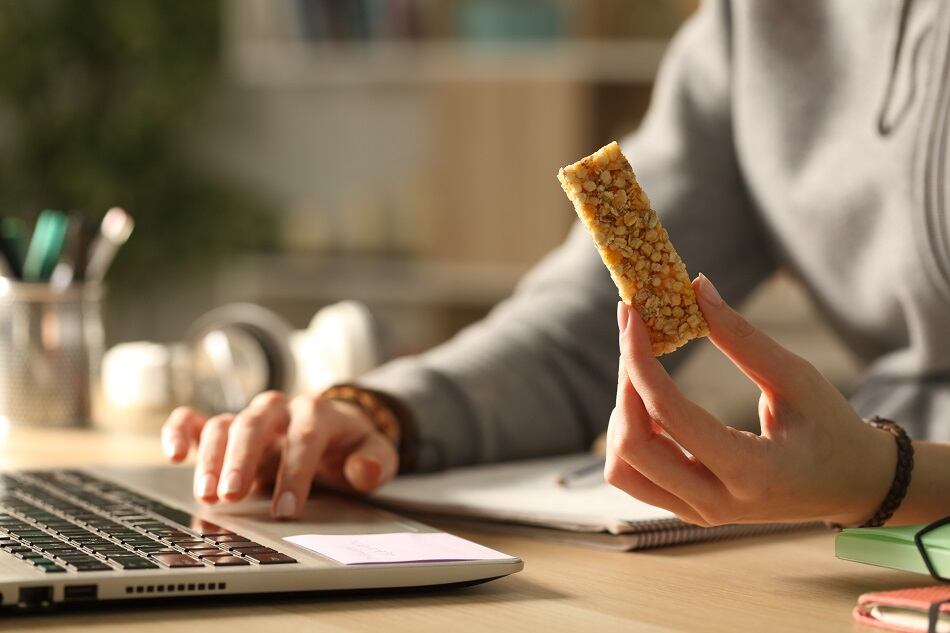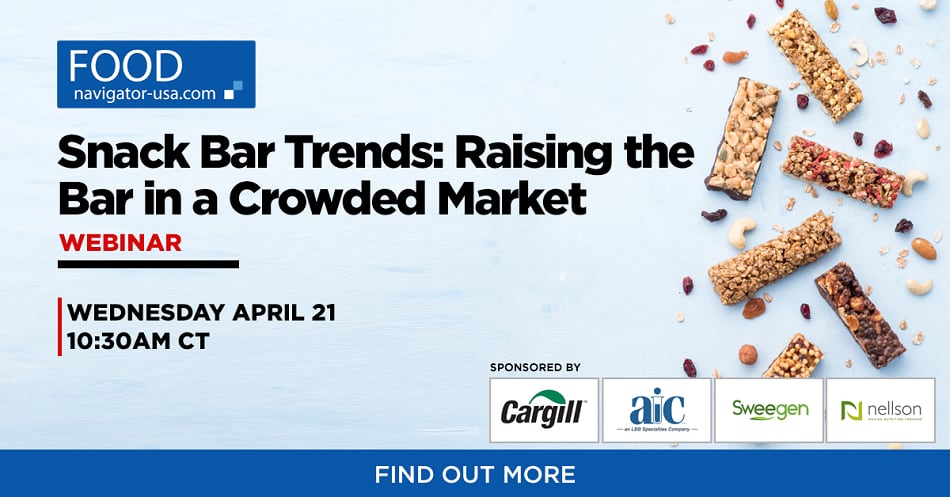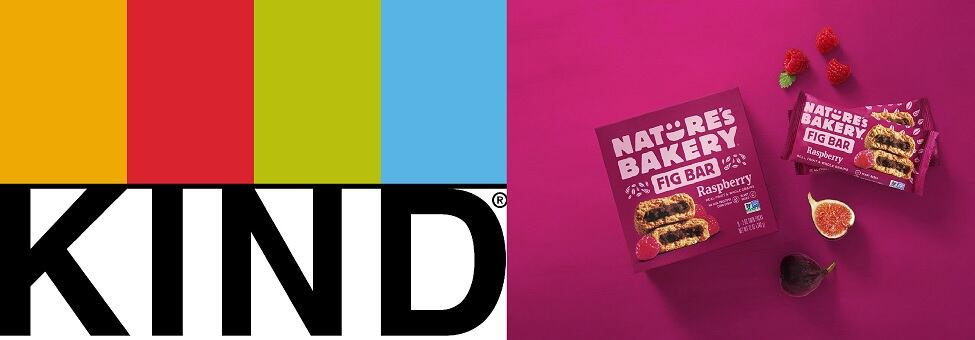The snack bar as a product has many attributes playing in its favor, making it a popular point of entry to the food industry for young entrepreneurs or a second career choice for ex-bankers, Fereday told FoodNavigator-USA.
"In some ways, snack bars are the perfect platform. They’re highly portable, there are tons of contract manufacturers, they're very multifunctional, and multipurpose. And it is always a surprise of what’s new," he said, referring to the days of walking the floor at industry trade shows where there was no shortage of companies promoting their latest bar innovation.
But, as Fereday asks in his latest report, Talking Points: Peak Bar, what is the real market opportunity looking ahead?
The pandemic highlighted that consumers will move away from certain product segments that no longer serve them in their new day-to-day routines. As a result, the bar category took a hit last year, with consumers at home and less on-the-go behavior.
According to CircleUp data (from Nielsen), after several years (2017-2019) of low to flat growth, the overall bar category saw retail sales dip by 8% in 2020 compared to the year prior. Single-serve bars were down 20% in 2020, and registered 40% sales declines at the beginning of the pandemic (April and May 2020).
More concerning, notes Fereday, is that there doesn't seem to be as much of a return to retail growth in 2021.
"We know that snacks by definition are impulse buys, and at-home eating is a bit more planned. I don’t think the bar category has pivoted that well," notes Fereday.
Large to small players, who's leading the market?
To understand the bar category, it's important to take a bird's-eye view on what type of companies hold the most market share.
"The market has become more competitive and less concentrated over time with a stream of new entrants," writes Fereday.
In Rabobank's report, IRI puts General Mills and Kellogg’s in the top two spots with about 20% and 15% market share, respectively, with Clif Bar & Company and KIND "jostling about" in the 10% to 12% range, notes Fereday.
"Generally, the older breakfast-oriented brands of General Mills, Kellogg’s, and PepsiCo – such as Lärabar, Nature Valley, Kashi, Special K, and Quaker – have continued to lose market share to the newer lifestyle entrants, most notably KIND (fully acquired by Mars Inc. last year), as well as the ‘Others,’ - which holds a 35% market share - suggesting the pandemic has not offered up any respite from longer-term trends."
Category sales this year are still down about 11% year on year for the four weeks leading up to the start of April 2021, he adds.
Lowering the bar?
For an industry that has its roots in better-for-you snacking, it's quite a shock to see the number of dessert-type products (Snickers Hi Protein Bar, Chocolate Cupcake Luna Bar, for example) masquerading as a snack bar, notes Fereday.
"You have to remember that the whole selling point of this is it was meant to be a better-for-you category, and it was differentiating itself from all the candy bars because it had purpose and function," said Fereday.
But now, bar companies' playbooks are beginning to resemble that of a candy company's, promoting every day permissible indulgence, "And one has to believe that is a long way from handing out bars at a triathlon," he said.
"Maybe it is time for a reset, or a bit of category rediscovery."
The bright spots and opportunity
However, the bar category continues to be a "hothouse of innovation," which should keep the market churning along with a few rising stars gaining strong consumer adoption.
Bucking the downward trend of the category, KIND managed to increased dollar sales by 4%, with sales volume up 6% (compared to the 3% volume decline in the overall category) in 2020 vs. 2019, according to IRI.
"One of the drivers here seems to be the strong growth in their breakfast and cereal bars, which must have resonated with those looking for modern at-home breakfast options," notes Fereday.
Mirroring consumer shopping trends and decreased foot traffic, e-commerce had a positive role to play for the bar category. Online bar sales doubled in 2020 supported by the purchase of bulk and multipack product options.
"For snack bars, this is very much an emerging channel and represents a big opportunity. E-commerce has also helped consumers discover the smaller guys, it seems," says Fereday.
Still a strong and vibrant market
Despite a rough go last year, few other snacking segments come close to offering the choice and diversity of the bar category, notes Fereday, who like others has joked about the continual steady flow of new entrants to the category, both innovative and 'me-too' types.
"We even suggested that snack bars should become the barometer of the state of the industry: 'When the flow of new bar entrants comes to a halt, it will be time to turn the lights off at Expo West and other trade shows.' Up until the pandemic, despite a few wobbles, we saw no reason to change our mind. It had remained a strong and vibrant market and continued to be a hothouse of innovation."



